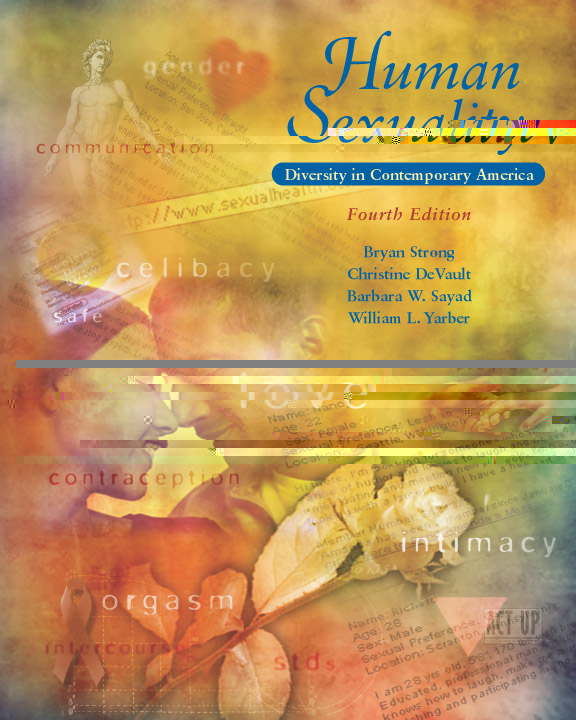| acquired immunodeficiency syndrome (AIDS) | A chronic disease caused by the human immunodeficiency virus (HIV), in which the immune system is weakened and unable to fight opportunistic infections, such as pneumocystitis carinii pneumonia (PCP) and Kaposi's sarcoma.
|
 |
 |
 |
| antibody | A cell that binds to the antigen of an invading cell, inactivating it and marking it for destruction by killer cells.
|
 |
 |
 |
| antigen | A molecular structure on the wall of a cell capable of stimulating the immune system and then reacting with the antibodies that are released to fight it.
|
 |
 |
 |
| B cell | A type of lymphocyte involved in antibody production.
|
 |
 |
 |
| cofactor | A condition that may make a person who is HIV-positive more likely to develop AIDS.
|
 |
 |
 |
| demographics | The statistical characteristics of human populations.
|
 |
 |
 |
| ELISA | A simple blood test that screens for HIV antibodies; the most common test for HIV.
|
 |
 |
 |
| helper | T cell A lymphocyte that "reads" antigens and directs the immune system's response.
|
 |
 |
 |
| highly active antiretroviral therapy (HAART) | The most effective current treatment for HIV, combining two nucleoside analogs and one protease inhibitor, sometimes referred to as a 'cocktail.'
|
 |
 |
 |
| human immunodeficiency virus (HIV) | The virus that causes AIDS.
|
 |
 |
 |
| Kaposi's sarcoma | A rare cancer of the blood vessels that is common among people with AIDS.
|
 |
 |
 |
| killer T cell | A lymphocyte that attacks foreign cells.
|
 |
 |
 |
| leukocyte | White blood cell.
|
 |
 |
 |
| lymphocyte | A type of leukocyte active in the immune response.
|
 |
 |
 |
| opportunistic infection (OI) | An infection that normally does not occur or is not life threatening, but that takes advantage of a weakened immune system.
|
 |
 |
 |
| parenteral transmission | Infection via the bloodstream.
|
 |
 |
 |
| perinatal transmission | The passing of a disease from mother to child in the womb.
|
 |
 |
 |
| pneumocystis carinii pneumonia (PCP) | An opportunistic lung infection caused by a common, usually harmless organism; the most common opportunistic infection among people with AIDS.
|
 |
 |
 |
| retrovirus | A virus capable of reversing the normal genetic writing process, causing the host cell to replicate the virus instead of itself.
|
 |
 |
 |
| reverse transcriptase | An enzyme in the core of a retrovirus enabling it to write its own genetic program into a host cell's DNA.
|
 |
 |
 |
| seroconversion | The process by which a person develops antibodies.
|
 |
 |
 |
| serostatus | The absence or presence of antibodies for a particular antigen.
|
 |
 |
 |
| T cell | Any of several types of lymphocytes involved in the immune response.
|
 |
 |
 |
| viral load test | A blood test that measures the amount of HIV in the bloodstream and serves as an indicator for determining the risk of progressing to AIDS.
|
 |
 |
 |
| virus | A protein-coated package of genes that invades a cell and alters the way in which the cell reproduces itself.
|
 |
 |
 |
| wasting syndrome | Severe weight loss, usually accompanied by weakness and persistent diarrhea; a condition linked to AIDS.
|
 |
 |
 |
| Western blot | A test to determine whether antibodies are specific to HIV.
|



 2002 McGraw-Hill Higher Education
2002 McGraw-Hill Higher Education